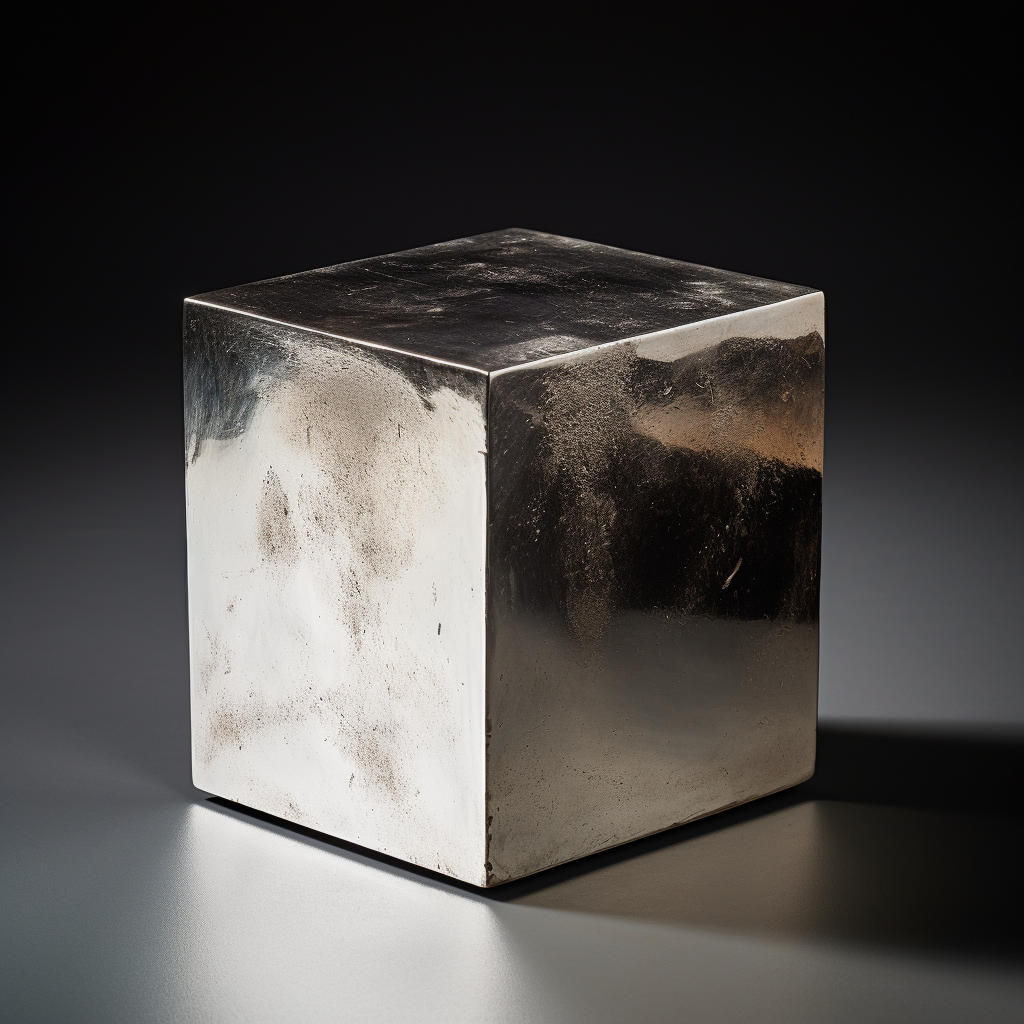Platinum is a precious metal with crucial importance in the industry, valued 50 times more than silver. About 200 tons of platinum are mined annually, amounting to 7 billion dollars, with three-quarters of all platinum coming from a single country.
In this article, you’ll discover everything about this market and how to buy and sell platinum from your computer or smartphone. However, it’s important to note that this isn’t an investment recommendation or endorsement of any brokerage. This is another episode in the commodities series; you can find a playlist of videos on the channel, worth checking out after finishing this article.

All Mined Platinum
In the hierarchy of precious metals, if anything were to surpass gold, it would be platinum. It was already found in the coffers of Ancient Egypt and in jewelry from South America, but it was only understood as a distinct element 300 years ago. However, its value extends far beyond being a precious metal. Its properties make it indispensable for various chemical reactions and improve, or even save, our lives.
Platinum is a metal almost as rare in the Earth’s crust as gold, and 15 times rarer than silver. However, the total amount of platinum mined throughout history is 9,400 tons, which would form a cube 7 meters on each side, whereas a gold cube would be 20 meters on each side, and a silver cube, 52 meters.
>> Also, check out: All about Silver

The Global Platinum Market
Nearly 6 million ounces, or 200 tons of platinum, are mined each year, which is 15 times less than gold and 125 times less than the amount of silver extracted worldwide annually. 73% of platinum is extracted in a single country: South Africa, home to 9 of the world’s top 10 mines. Another 13% comes from Russia, 6% from North America, and 6% from Zimbabwe.
The primary use of platinum is as a catalyst, initiating or speeding up chemical reactions without being consumed in the process. Demand for the metal comes from four areas:
33% from the automotive industry, where platinum serves as a catalytic converter reducing car emissions;
31% comes from jewelers, who use platinum for rings and bracelets due to its resistance to tarnishing or scratching;
28% is from other industries: platinum has over 25 uses in medical technology, especially in chemotherapy, as well as in fertilizers, fiberglass, lamps, airbags, and electronics;
8% from investment: investors acquire platinum coins and bars in hopes of appreciation.
With this strong demand, both extraction and recycling of the metal have increased. Its price rose from $500 to $2,000 per ounce in the early 21st century, and in the last decade, it has ranged between $500 and $1,500 per ounce, or 28 grams of platinum. The weaker the dollar, the more interest there is in platinum, as with gold and silver.

4 Strategies to Profit from Platinum
There are 4 ways to expose your assets to platinum, each with its benefits and levels of risk. This is not an investment recommendation, just relevant information about assets in this sector for you to make your own investment decisions:
The classic way to capitalize on the appreciation of a metal is by buying bars and coins, but storing them is costly and carries the risk of alienation and liquidity;
ETFs usually gather platinum futures or hold equities of the metal. They are a simple and versatile way to expose your portfolio to platinum, but come with management fees.
A third way to profit from this metal is by buying shares of mining companies. A smaller company may increase in value if it makes a new discovery of a platinum mine or if it is acquired by a larger one. The main risk in this case is company management, but there is also currency risk, market cycles, and political risk, especially from the largest producer, which is South Africa.
The fourth way is to engage in day trading, swing trading, or position trading in derivatives of platinum, for example.
Check out the video I made about the Platinum market:
>> See also:
